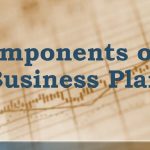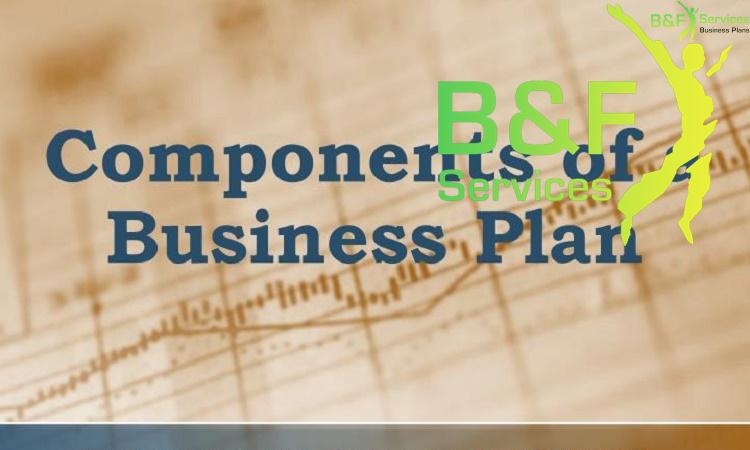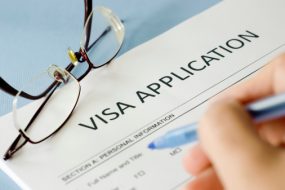

SEIS and EIS Advance Assurance is something that people might not think about when it comes to business planning. Want to know the aspects of this? Then keep on reading.
Check You Authorise
Most businesses/creations authorise for SEIS and EIS allowance, but there are a number of actions banned from the plans altogether. The first thing to do is inspect whether your business works in any of the HMRC excluded activities. The excluded works contain those trading in land or entities, those implicated in banking, insurance or money lending, those supplying permitted or accountancy assistance, those implicated in possessions outcome, and those developing and shipping electricity, creating coal and steel, or shipbuilding.
If your business is implicated in any of those actions then don’t fret, you may still authorise. HMRC needs a significant component (>20 %) of the business marketing action to be contained in the provincial place. You also ought to be presently supplying the specified benefits to be incapable from SEIS/EIS, for instance, constructing a technology forum to service economic organisations would still authorise You might want to consider developing either a SEIS business plan it EIS business plan, as they could potentially help with organising your financial plans, and any other aspects you want to think about.
There are also a number of eligibility criteria that will need to be reviewed before assembling the SEIS/EIS application, including:
- Must have under £200,000 in gross assets pre-money to authorise for SEIS and under £15 million gross investments pre-money (i.e. not containing the new budget) to authorise for EIS.
- Must have under 25 workers to authorise for SEIS and under 250 workers to authorise for EIS.
- Must have been trading for less than 2 years up until the moment you allocate SEIS shares and less than 7 years up until the moment you allocate EIS shares.
- Must hold an endless facility in the UK.
- Must not be a Limited Partnership (LLP) enterprise.
Are You Also a Knowledge Intensive Company (KIC)?


You authorise as a Knowledge Intensive Company (KIC) if your function expense includes analysis, development or creation fees, you’re creating philosophical possessions that are going to be your forthcoming main source of company, or you have a percentage (> 20%) of workers bringing out analysis in a function that needs a Master’s degree or higher. This might help with your plans for business growth, as people who have higher qualifications could be beneficial for your business.
If you think that could be you, it’s worth being mindful of the advantages which are:
- Submit up to £10 million via EIS per year (instead of £5 million) and submit a total of £20 million via EIS in the enterprise lifetime (instead of £12 million).
- You will authorise for EIS within 10 years from the beginning of trade (instead of 7 years).
- You will authorise with up to 500 full-time workers (instead of 250 workers).
There is yet no need to fret about it except if you require these additional EIS advantages now, you can still apply for KIC quality later when you require it.
Make Sure You Have Your Business’s Unique Taxpayer Reference (UTR) Number
You should automatically get sent your company’s UTR number when you register with Companies House. If you can’t locate it, you’ll need to request it online. This procedure can take about a week so it’s fine to locate this number in the advancement of forming the Advance Assurance application.
Produce your company plan and economic prognosis


In January 2018 HMRC altered the laws on SEIS/EIS Advance Assurance applications, and you now need to contain a 3-year company plan and economic prognosis at the same status of attribute that you would commonly supply to investors (think investor pitch deck). If you already have one great, just introduce it like it is. If you need to complete one, then don’t fret about going into an attribute, you just need to outline the organisation’s company activities, financials, plans for business growth, and strategy, for forthcoming transition. An EIS business plan might be an aspect to think about
Discover the Title of at Least One Investor


All Advance Assurance applications have to contain the name of at least one investor and a purpose to invest at 30% or more of the total SEIS/EIS Advance Assurance you’re applying for. This is a bit of a chicken and egg concern because you ought to know who your investors are before acquiring Advance Assurance and the investors will usually only commit themselves to fund after you have acquired your Advance Assurance. Nevertheless don’t worry, the investor names and parts don’t need to be dedicated, and you can revise the title of the investor and their acquisition amounts at any time. But don’t make it up, locate investors who are on credit potential to fund.
Discover when your Enterprise Started Dealing
To equip for SEIS, the date you began trading must be within 2 years of the date of point of the SEIS claims. For the EIS claim point, this time limitation is 7 years (and for a Knowledge Intensive Company the time limitation hauls up to 10 years).


To specify trading HMRC utilise the metaphor of a shop: if you have something on the stand that someone could purchase even if they don’t, you can hinge the sign to “Open” and that’s your trading. This is quite an unclear intention. So when measuring the date of trading it is essential to mention:
- The opening date of trading will usually be the date you first acquired earnings, if not earlier.
- It will nearly always be distinct from your date of inclusion.
- If you haven’t begun trading yet then ideal. If you indicate this in the connected documents this won’t generate any problems.
Find out if you have Obtained any De Minimis Aid
De minimis aid (state grants that are given and considered too small to affect competition) is obtained in the 3 years up to and consisting of the date of the SEIS investment will lean towards the ultimate cap of £150,000 that can be presented through the SEIS scheme. De minimis aid usually reaches from government or university grants (except Innovate UK, this is normally excluded).
For instance, if you acquired a £100,000 grant this will have to be declared when making your SEIS/EIS Advance Assurance application. The highest amount you can acquire in SEIS acquisitions will be eased to £50,000.
Whether or not the help you obtained is “de minimis” is really evaluated on a case by case basis. They normally create it clear at the time of distribution if you have received de minimis aid, so you should know if you have. And if you have, you just ought to raise the points of the help along with your application.
Complete the HMRC Advance Assurance Application Form (VCSAA v1.0)
Once you have accumulated all the info above you will need to fill out the application structure. This bit is rather straightforward.
Compose a Cover Letter


B&F Services can help hundreds of startups reserve Advance Assurance. You could contain a cover letter in your application that makes all the important information easy to see for the reviewer.
We advise you to contain the following information:
- Overview of the business
- Forthcoming and living allowance round documentation and components
- Investor attributes
- Business economic overview
The cover letter is another feature of all of the above.
Check all the Documentation


Advance Assurance applications get reviewed all the time, so we know what things HMRC are looking out for, the things that HMRC decay to inform you on their website. Remember to contain your application form and all the extra documentation you require for the application including:
- Company plan
- Economic projection
- Bank statement/accounts
- Report about offerings/previous investments
- Cover letter
Email the documents to HMRC
Once you have all the documentation and they have been successfully studied well done! Email them all to HMRC at enterprise.centre@hmrc.gov.uk. In our experience emailing is a faster way of getting your application processed and usually knocks off about a week of the wait time. Remember, connect all your files individually as pdfs! And once you have emailed you can sit back and wait. Your application should be processed in roughly 3-6 weeks.
Conclusion
Overall, as you can see, this topic is something to think about when it comes to preparing to create your own business. Even though it is quite a long process, this will benefit you and your company into making it successful.








